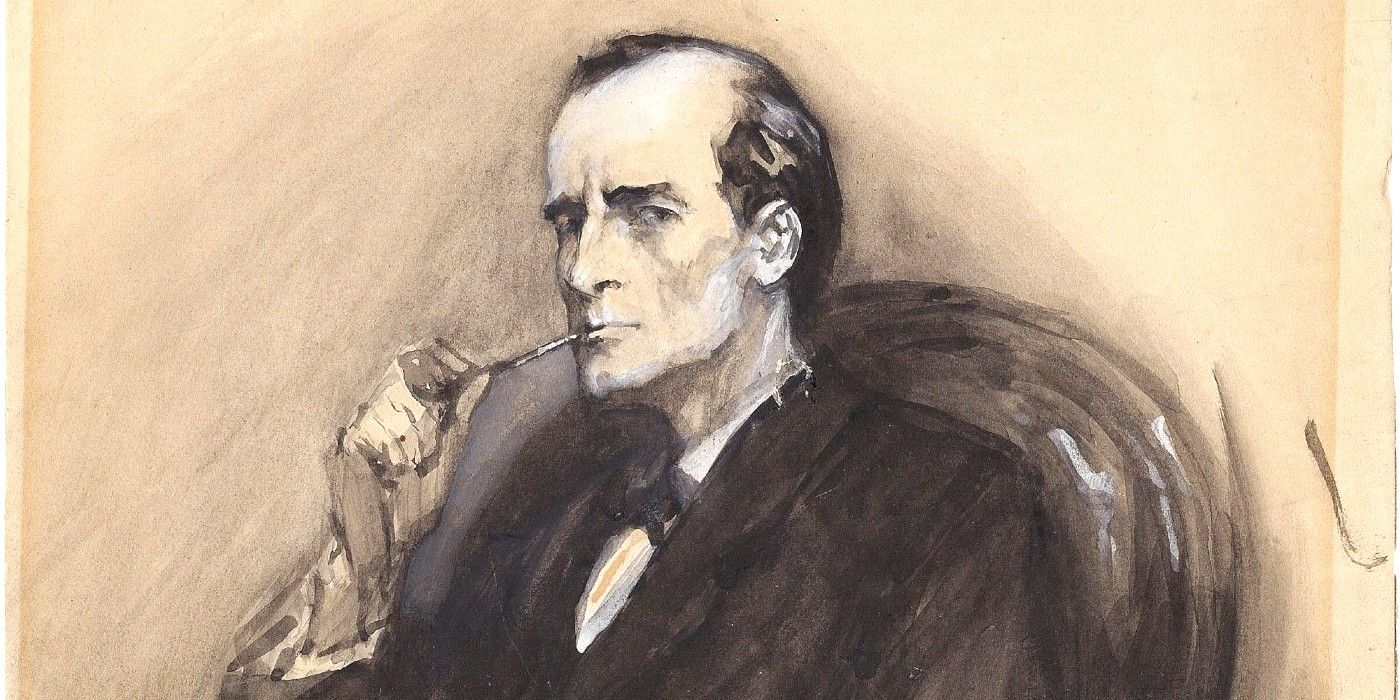Sherlock Holmes has been adapted to all types of media for over a century, and as such, he hasn’t been safe from changes depending on the genre, the style of the artist, or even legal issues. A good example of that is Herlock Sholmes, a French parody/version of the detective who appeared in the stories of another French character. Created by Arthur Conan Doyle, Sherlock Holmes made his debut in A Study in Scarlet in 1887, and he became so popular, he appeared in a total of four novels and 56 short stories. The Great Detective continues to be a very popular and beloved character and one who has been adapted to different media.
The popularity of Sherlock Holmes has also driven various artists to take him and other characters from Conan Doyle’s books and give them new adventures, while others have changed him completely or have expanded on his backstory, as is the case of Nancy Springer and the book series The Enola Holmes Mysteries. Due to how the rights to Sherlock Holmes are distributed, various artists have been allowed to do what they want with the character, but to an extent, as there are still some limitations. This has also given some the opportunity of adding the famous detective to their own stories with characters not related to Holmes and Conan Doyle, as is the case of Arséne Lupin and Herlock Sholmes.
Arséne Lupin (originally called Arsène Lopin, until a local politician of the same name protested) is a gentleman thief and master of disguise created by Maurice Leblanc in 1905. He made his debut in a series of short stories serialized in the magazine Je sais tout, and his first story was titled “The Arrest of Arsène Lupin”. The character went on to appear in a total of 17 novels and 39 novellas, and just like Sherlock Holmes, he has appeared in various works from other artists. Lupin is a force of good who operates on the wrong side of the law, and those he defeats are worse villains than he is. This French thief came face to face with the Great Detective himself in 1906, but he had to go through a slight name change.
Lupin met Sherlock Holmes in the short story “Sherlock Holmes Arrives Too Late”, also published in Je sais tout. In it, Lupin met an aged Holmes, and while he was presented with his real name when the story was published, it had to be changed after legal objections from Doyle himself, and so when the story was collected in book form, it appeared as “Herlock Sholmes”. The detective returned in two more stories found in Volume 2: “Arsène Lupin contre Herlock Sholmes” (which in the U.S was published in 1910 under the title “The Blonde Lady” and with the detective’s name as “Holmlock Shears” and John Watson as “Wilson”) and “L’Aiguille creuse”. Once all copyright protection had expired, Sherlock Holmes returned with his real name and accompanied by Watson and Lestrade in the PC 3D adventure Sherlock Holmes Versus Arsène Lupin, released in 2008.
Arsène Lupin and Herlock Holmes, along with other literary characters like Abraham Van Helsing and Victor Frankenstein, appear in the Japanese video game Code: Realize - Guardian of Rebirth. In it, and just like in Leblanc’s stories, the detective kept his basic characteristics as a private detective from London, but due to the game’s steampunk aesthetic, he’s physically different from classic versions of the character. Sherlock Holmes has been adapted and modified so many times that it’s easy to miss some versions, as is the case of Herlock Sholmes, who doesn’t differ much from the original version of the detective, even if his name makes him sound like a joke.


